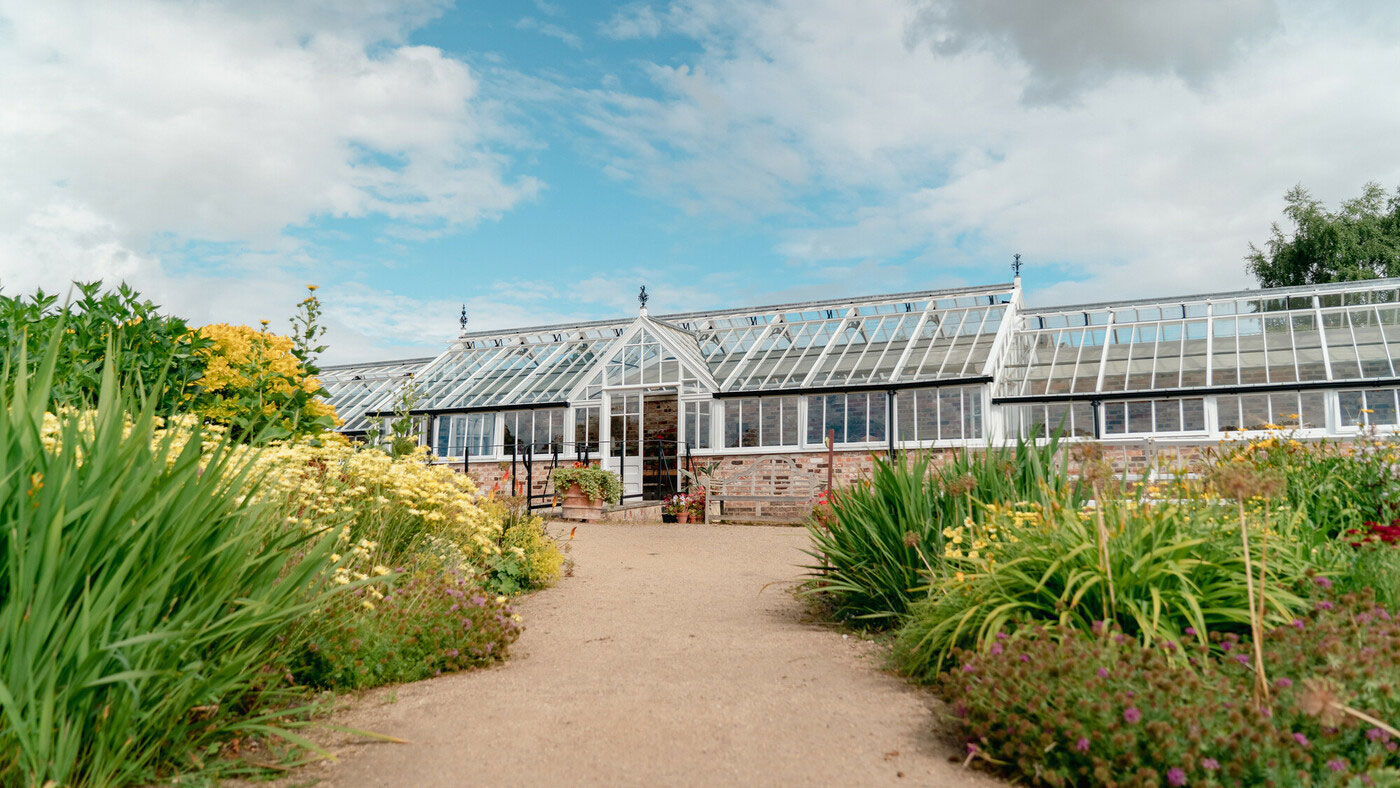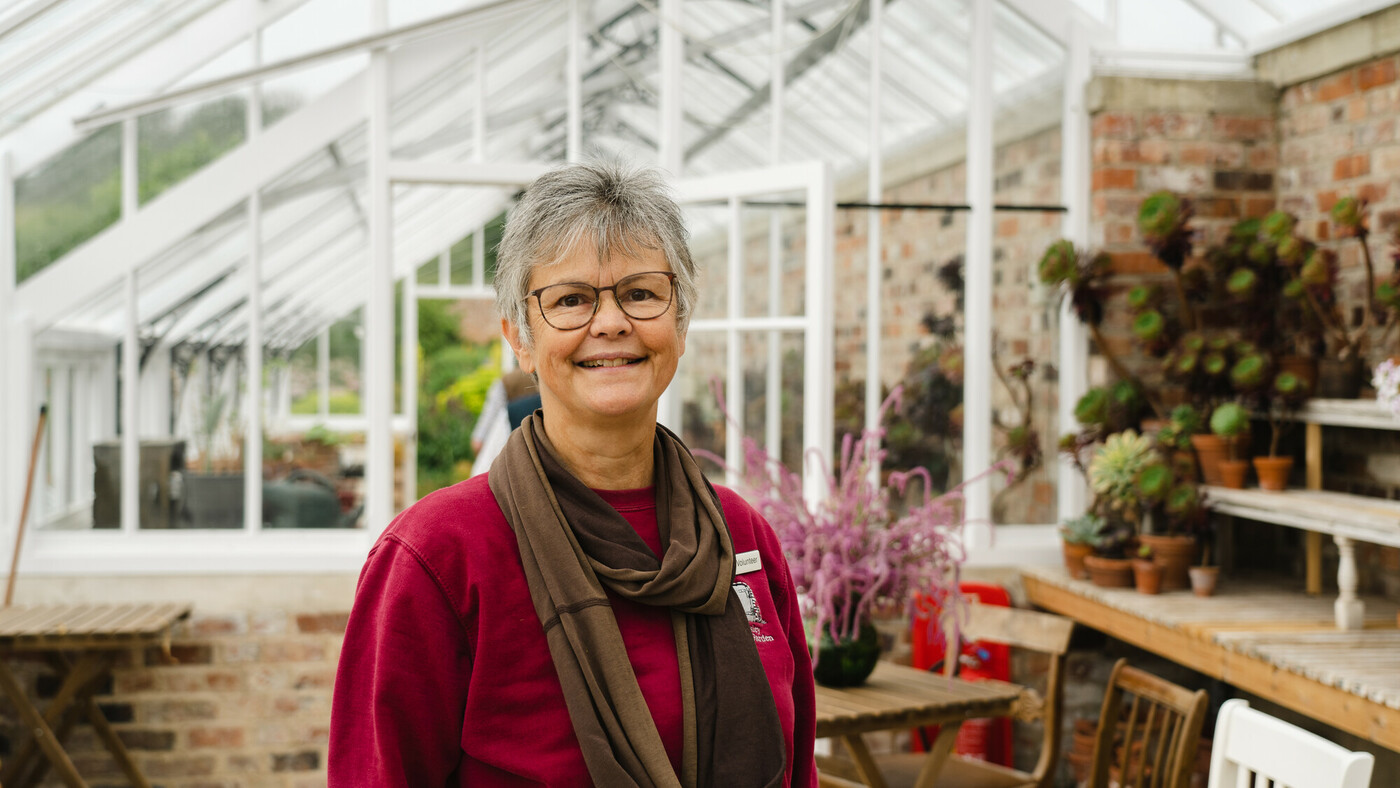There are many historic buildings in the North York Moors which are of great value to the landscape and form an important part of the National Park's cultural heritage. It is important that these buildings are kept in good repair.
Over 3,000 buildings in the National Park are 'listed' for their special architectural or historic interest and consent is needed from the National Park Authority for most alterations both internally and externally.
- Free advice on repairs and maintenance of traditional buildings is provided by our Building Conservation team.
- A limited number of exceptional Listed Buildings or Listed Buildings which are considered to be 'at risk' may qualify for grant aid from the National Park Authority or English Heritage.
- Grants are available for farm building restoration under Natural England's Environmental Stewardship Schemes.
Historic Buildings Grant
The National Park Authority runs this scheme for Listed Buildings which are on the Authority’s register of buildings at risk.
We aim to survey Listed Buildings in the National Park on a five-yearly cycle in order to assess their condition against criteria established by English Heritage. This enables the Authority to target its resources on those buildings which are considered to be at risk of serious deterioration.
The grant scheme provides grants for repairs at a rate of up to 50%, with a ceiling of £10,000, depending on the circumstances of the case. Projects have ranged from repairs to farm buildings, uninhabited houses and churches to works to consolidate and restore village pinfolds, monuments and even historic listed “street furniture” such as mileposts. You can see examples of some of the work on our Projects pages.
We endeavour to work with owners to bring about the repair of important historic buildings, including helping to find viable uses for disused buildings which will encourage their use and maintenance in the future.

Applying for a grant
Owners of Listed Buildings or structures in need of repair should contact the Building Conservation Team to find out if their building is on the buildings at risk register. If it is not on the register the building may be assessed to determine whether it should be added to the register to facilitate grant funding.
Conservation Area Enhancement Grant
Owners and Parish Councils can apply for grant assistance to reinstate lost architectural features which will enhance the character and appearance of a Conservation Area. The scheme provides grants for enhancement works at a rate of 50%, with a ceiling of £2000.
Typically, such projects consist of small scale works to reinstate traditional timber windows and doors to properties which have unsympathetic PVC or other non-traditional fixtures; or to reinstate handmade clay pantiles or Welsh slate to roofs which have modern concrete tiles or other inappropriate materials. Other grant aided works have included the removal of hard cement render and pointing and its replacement with lime mortar; and the removal by non-abrasive conservation methods of inappropriate paint from brick or stone elevations. You can see examples of some of the work on our Projects pages.
Applying for a grant
If you would like to apply for a grant, you should contact the Building Conservation Team to discuss the proposed works. We usually require evidence of the original design of features that are proposed to be reinstated so that the work is authentic.
Often, surviving evidence might indicate the original appearance of missing fixtures, such as the design of other original features in a terrace of buildings, which can be copied, but old photographs are also frequently available from local history groups, local historians, archive and library collections.
Useful links
Historic England - grants for historic buildings, monuments and designed landscapes
Contact our Building Conservation team via email or by calling 01439 772700

